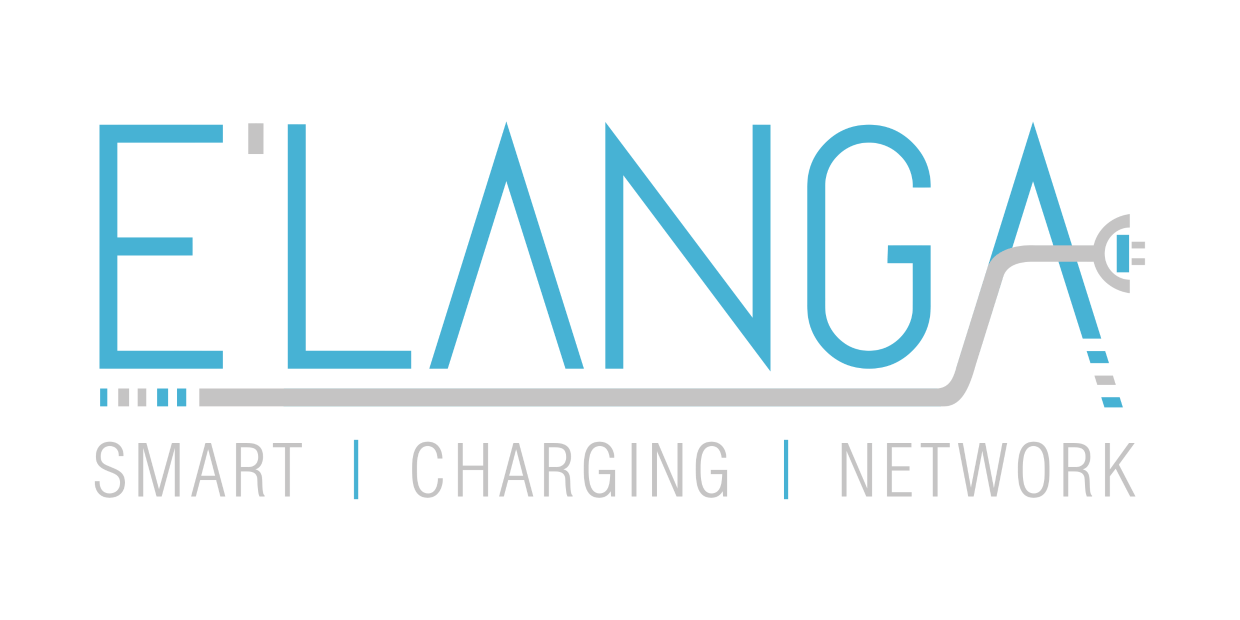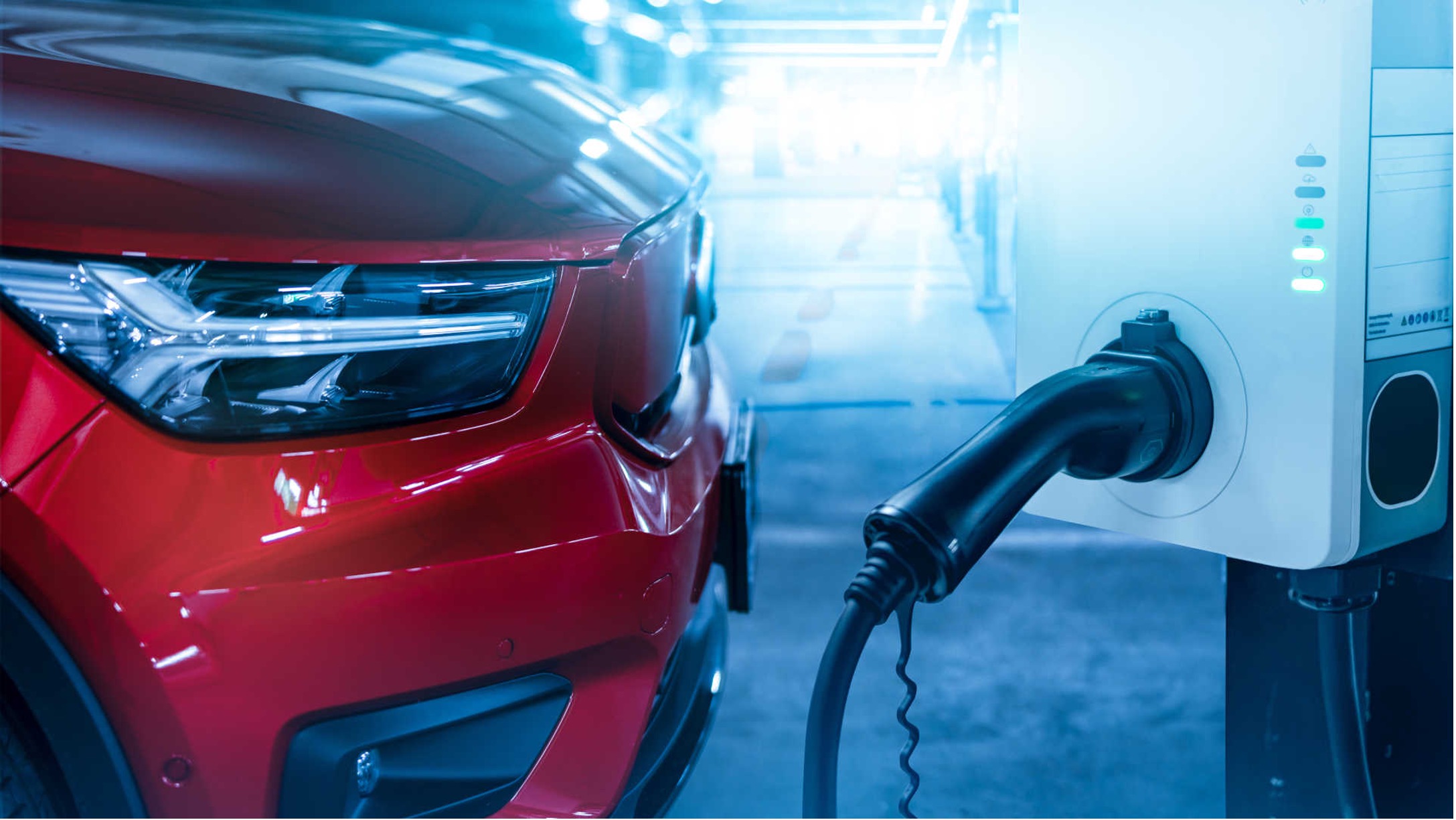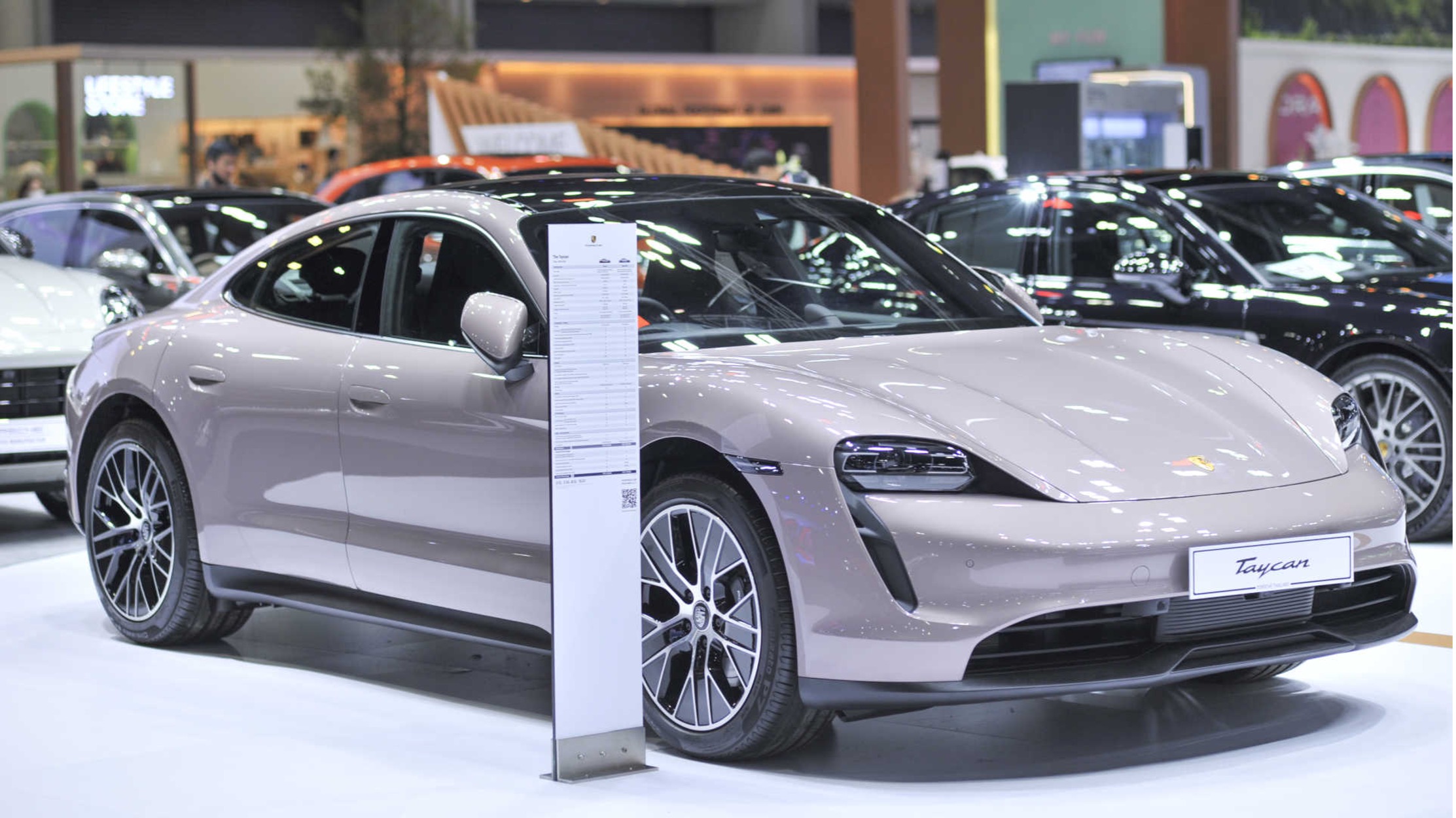Load management is important for the success of any EV car charging system. As electric vehicles become more popular, so too will the need for electricity to charge them at home or in businesses. This poses serious challenges to property owners because when several EVs are charging at the same time, a building’s power supply, and our national power grid, can be placed under strain. Dynamic Load Management (DLM) can help to prevent any issues arising. So how does DLM work, and how can it benefit charge point operators? We explore the importance of effective load management for EV charging.
Why EV charging stations need effective load management
Load management of EV charging solutions is essential to minimise the impact on existing or new electrical infrastructure while distributing available energy between all connected loads.
Load management simply means that users can specify the amount of power used for charging EVs. If the power demanded by the charging system exceeds the power supply from the grid, the controller of the system, with load management enabled, will re-calculate and modify the available at each charging point of the system. This ensures that the EV charging system will not exceed the limited power set up by the building’s owner. Therefore, the risk of any damage to the expensive electrical infrastructure is eliminated.
How Dynamic Load Management can prevent power outages and help charge point operators effectively manage power supply
An energy management system uses technology to take the existing electrical infrastructure and its limitations and distribute the power cleverly, so that building electrical loads have priority. What remains goes to EV charging so that the infrastructure is never overloaded while electric vehicles are being charged.
DLM is just one way of managing energy, and it works by limiting the total power that a group of EV chargers can collectively consume. This limit is not changed in real-time.
The charging group’s maximum current-flow limit is evenly distributed to charging points that have an active charging transaction. When this status changes for any of the charging points in the group, the available current is recalculated, and new power (current flow) limits are sent to all charging points that have an ongoing charging transaction.
How Adaptive Load Management can take DLM to new heights
Implementing an efficient energy management system is important for any business involved with electrical vehicle charging. Here at Elanga, we are proud to offer Adaptive Load Management solutions—an intuitive energy management system designed to optimise the power of an entire building.
Unlike Dynamic Load Management, the power demanded by the building is measured in real-time. This means the EV charger group power limit is increased or decreased so that as much remaining power as possible can go to the EV chargers, at any given time. By combining real-time monitoring, connectivity, and real-time EV power, ALM ensures that a building’s electricity is optimised to the highest degree, without ever exceeding capacity.
Like DLM, the concept of ALM is simple. With ALM, an extra power meter is installed at the site supply upstream of the building electrical loads. This power reading of the building’s loads is sent to the backend via GSM cloud services.
The ALM service then adjusts the charger group power limit based on what’s left over from the building’s power usage. When power demand from the building is low, our backend will know about it and then change (increase in this case) the charger group power limit. This means much more power can be made available to the EV charging group. When building power demand increases, the charger group limit lowers – and so on.
Intuitive energy management systems such as ALM can result in significant cost savings for businesses. ALM ensures that a building’s electricity never goes over capacity, which saves costs on peak demand charges. Since ALM is designed for better optimisation, it also means businesses will save on electrical upgrades.
Elanga can help with load management systems
Electrical vehicles are the future of transportation, and Elanga’s energy management systems are helping to pave the way. To learn more about our DLM and ALM solutions, get in touch with the team at Elanga today.




